Airborne Aviation Academy To Join Hands with Flapone Aviation
Airborne Aviation Academy has joined hands with Flapone Aviation. This merger will combine the expertise and strengths of both institutes, enhancing t
Pilots Trained
Placement
Years Experience
Many aviation enthusiasts dream of becoming aircraft pilots. Aircraft pilot training is an important step in the process of becoming a pilot. With a rising demand for pilots worldwide, understanding the training process is crucial for people looking to go ahead with a career as a pilot.
This includes rigorous theoretical and practical steps designed to provide aspiring pilots with the skills required. The training starts with ground school, where students learn the theoretical aspects of flying, such as aerodynamics, navigation, and aviation regulations.
Following the theoretical groundwork, students transition to flight training, a phase that provides them with practical instruction in aircraft. Under the guidance of certified instructors, trainees practice flying maneuvers and learn to handle real-life situations that might arise during flight. This hands-on experience is a testament to the confidence and competence that pilots bring to their profession.
For those wanting to become commercial pilots, an Airline Pilot Course is the next step after preliminary training. This program emphasizes the skills and knowledge essential to operating larger aircraft. The course includes advanced topics, such as flight planning crew resource management and emergency procedures.
Students in an airline pilot course are also trained with simulators, which offer a realistic environment to practice without facing the actual risks associated with the flight. Completing this course is important, as it prepares students for flying aircraft independently.
Candidates should meet some requirements to enroll in aircraft pilot training. These include a minimum age, education, and medical fitness. If we go one by with the airline pilot requirements that need to be met, these are as follows.
Moreover, candidates should have a medical certificate required for flying and the registered doctors provide that certificate.
In India, becoming a pilot involves meeting specific standards laid by the DGCA. The Aeroplane Pilot Qualification in India includes passing 12th with Physics and Mathematics for a Private Pilot Licence (PPL), Commercial Pilot License (CPL), and graduation for an Airline Transport Pilot license (ATPL). The DGCA's guidelines guarantee that all training follows safety standards.
Aircraft pilot training is a mix of ground instruction, practical skills, and adherence to regulatory standards. Whether you want to be a private pilot or dream of flying for a major airline, understanding the entire training process is important. With the right training, you can make a fruitful career in aviation and make a living out of it and also experience the thrill associated with the same.
Learn from certified instructors, train on industry-standard equipment, and build a strong foundation for your aviation career.
Learn from Capt. Navrang Singh, having more than 25 years of experience training India's finest pilots. His expertise translates to your success.
With 25 students per batch, we ensure personalized attention, doubt clearing, and a learning pace that adapts to your needs.
Our curriculum is strategically designed to cover the DGCA syllabus with a focus on commonly tested concepts and exam strategies.
100% of our dedicated students pass DGCA exams in their first attempt. Our methodology has been refined over decades of success.
Get access to meticulously created study guides, question banks, and digital resources that simplify complex aviation concepts.
We don't just teach; we mentor. Get guidance on aircraft type ratings, job applications, interviews, and industry connections.
Flight training packages, simulator programs, and airline prep courses — guided by industry experts.
Whether it's training, services, or general queries — our experts are here to help you make the right decision easily.
Certified flight instructors and captains — mentoring students through eligibility, simulator training, and airline pathways.
Our students have been placed at leading airlines including.
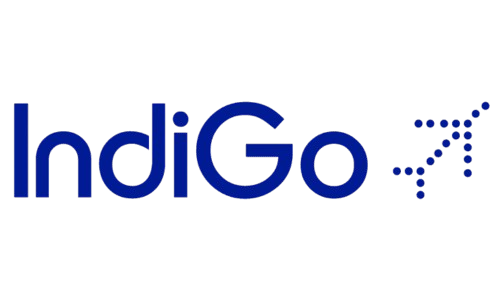
IndiGo
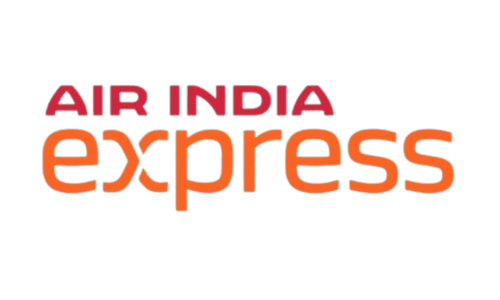
Air India Express
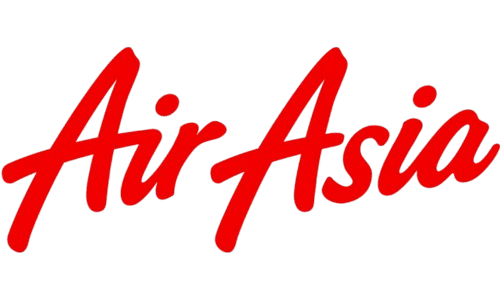
Air Asia
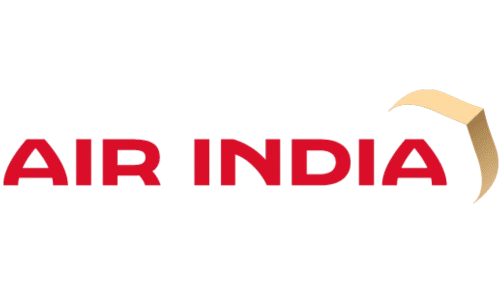
Air India
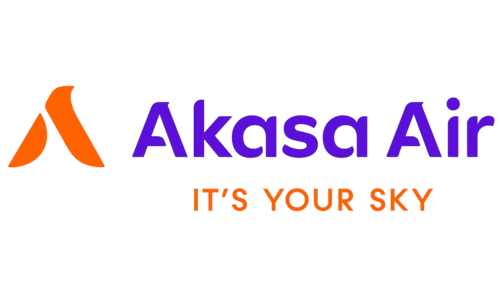
Akasa Air
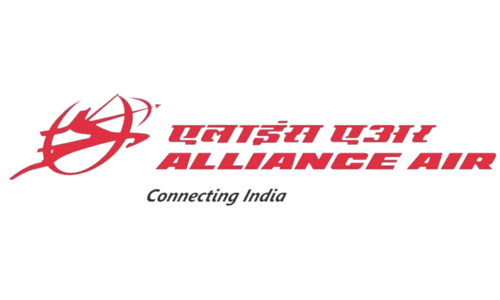
Alliance Air
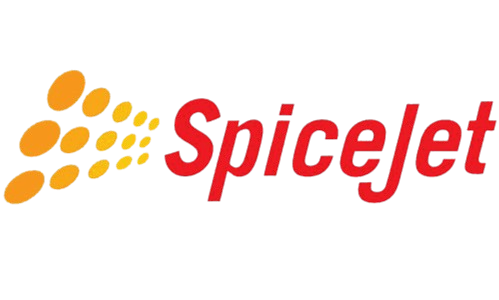
Spicejet

IndiGo

Air India Express

Air Asia

Air India

Akasa Air

Alliance Air

Spicejet
Commercial Pilot License is a course for pilot license certification, and there are three stages to flying an Aircraft in India. In short, there is a need for this license if you want to fly aircraft to make money.
A commercial pilot licence allows a person to apply for jobs in scheduled & non-scheduled airlines & further aviation jobs.
To start the training for obtaining a CPL, one should be at least 18 years old. On the other hand, obtaining a Student pilot licence (SPL) can be done at just 16 years of age.
Regarding educational qualifications, one should have a minimum qualification of 12th passed and have phsycis and mathematics as subjects for obtaining a CPL.
The topics covered in the CPL training are Air Navigation , Air Regulation , Aviation Meteorology , Technical General and Radio Telephony .
Connect with our aviation mentors to find the right path toward becoming a licensed aircraft pilot.